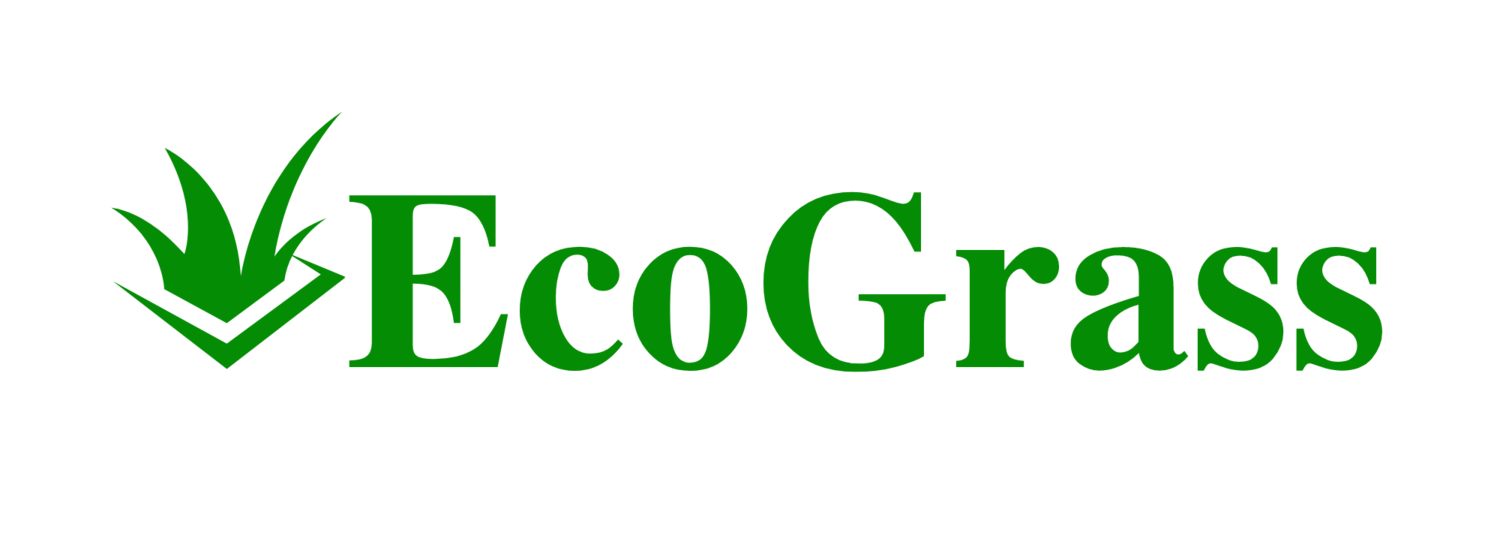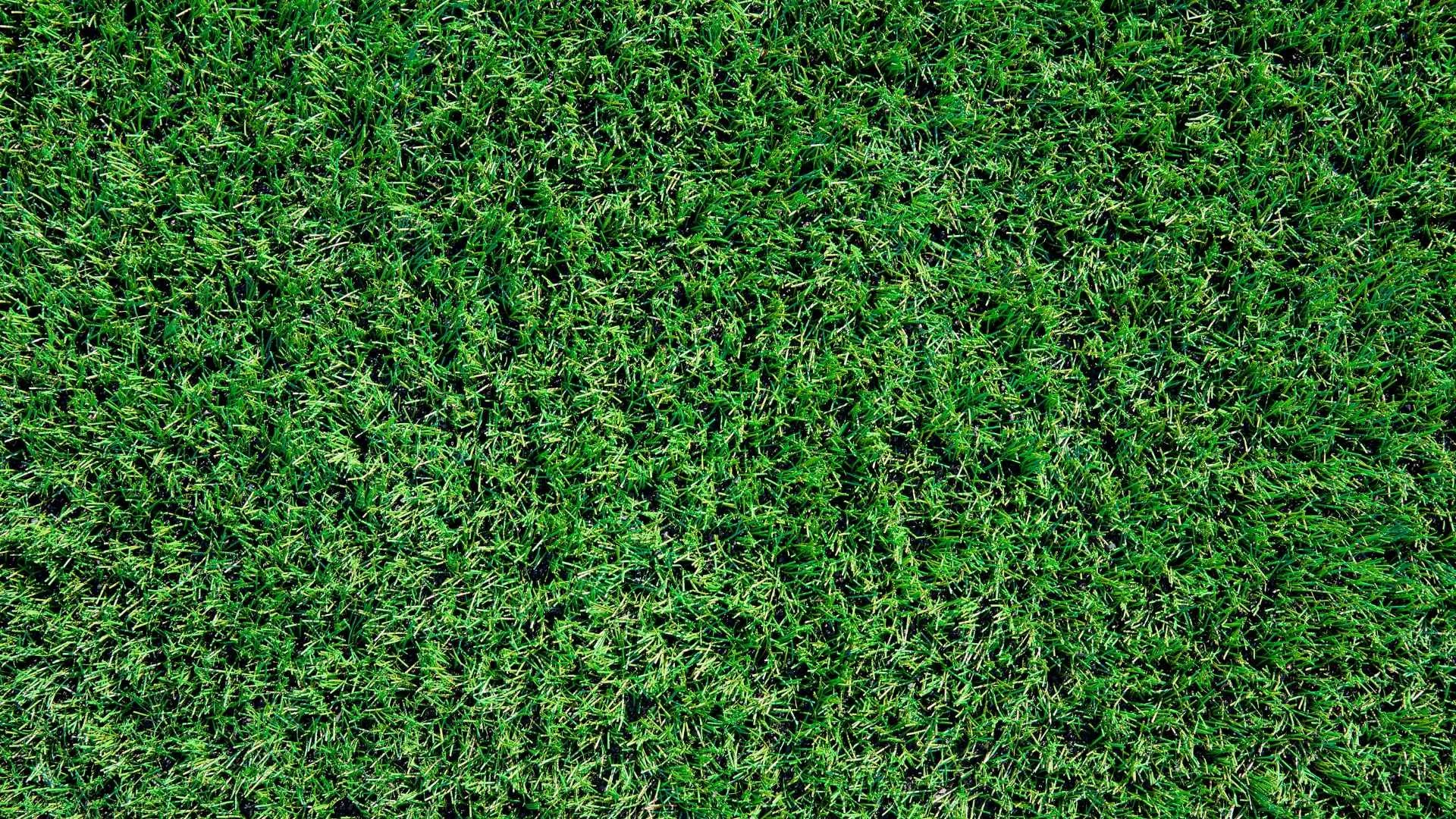Maintaining the fresh, green look of artificial grass requires routine care and the right approach. Unlike natural turf, synthetic lawns don’t need mowing, fertilizing, or watering, but they do require regular cleaning to keep them looking their best. Debris, dust, and occasional stains can detract from the appearance of your artificial grass, but with a few simple steps, you can keep your lawn pristine and inviting.
Cleaning your artificial grass regularly can prevent the build-up of debris and dirt that may accumulate over time. Use a leaf blower or a plastic rake to remove leaves and other organic materials. Spot cleaning spillages as soon as they happen will ensure that your artificial turf remains stain-free. For general maintenance, a gentle rinse with water can help maintain the cleanliness and hygiene of your lawn.
For tougher stains, a mixture of water and mild detergent can often do the trick, or you can opt for a vinegar solution to handle light soiling and pet-related mess. Remember, abrasive chemicals and stiff brushes are not suitable for artificial turf as they can damage the fibers. It's important to use tools and cleaning solutions that are appropriate for synthetic grass to extend its lifespan and keep it looking lush.
Fundamentals of Cleaning Artificial Grass
Maintaining the appearance and longevity of your artificial grass involves regular cleaning and maintenance. To ensure your artificial turf remains in pristine condition, follow these steps:
Debris Removal: Begin with the removal of leaves and debris, which can accumulate and detract from the look and function of your artificial lawn. Employ a leaf blower to efficiently gather the debris into one corner for easy collection.
Use a rake or a stiff broom to manually remove larger items if a leaf blower isn't available.
Surface Cleaning: On a weekly basis, lightly brush your artificial grass to prevent matting and keep the blades standing upright. This also helps to evenly distribute infill and maintain the turf's natural appearance.
Perform a more thorough brushing monthly with a specialized broom or a brush attachment on a hose-end sprayer.
Spot Cleaning: Address spills or stains by promptly rinsing the area with a mixture of water and a gentle, non-toxic cleaner. For solid waste, remove it, then rinse the spot well.
For stubborn spots, a cloth or soft sponge may be required for gentle scrubbing.
Rinsing: A periodic rinse using a garden hose will help keep your artificial grass clean, clear of dust, and looking vibrant.
Preferably, rinse during a time of day when the turf can dry quickly to prevent moss growth.
Please Note: Always follow the manufacturer's recommendations for cleaning your specific type of artificial grass.
Advanced Care Techniques
To maintain the optimal appearance and longevity of your artificial grass, it's essential to tackle tough stains, perform seasonal maintenance, and preserve turf integrity with advanced care techniques.
Tackling Tough Stains and Odors
Pet Urine and Waste: For pet owners, odors from dog urine and feces can be a concern. To neutralize these odors, clean the area with a mixture of water and vinegar (50/50 ratio) or use a specialized pet odor neutralizer. For solid waste, remove it promptly and rinse the area thoroughly.
Spills and Oil: Quickly address spills by blotting liquids or scooping up solids. A mild detergent or soap mixed with water can be used to remove most spills. For tougher oil-based stains, applying an appropriate eco-friendly degreaser followed by rinsing can be effective.
Seasonal and Occasional Maintenance
Snow and Ice: In cold seasons, allow snow and ice to melt naturally when possible. Avoid using metal tools that might damage the turf fibers. For immediate clearance, use a plastic shovel or brush. To prevent ice formation, a gentle application of a salt-free ice melt product is preferable.
Heat and Sunlight: During intense heat, sprinkling the turf with water can cool the surface and help to protect it against heat damage, ensuring the fibers remain in an upright position.
Preserving Turf Integrity
Infill and Matting: Periodically, check the level of infill to maintain proper cushioning and support. Brush the grass gently with a synthetic-bristled brush to prevent matting and to keep the blades upright.
Avoiding Damage: Protect your artificial lawn from hot items like barbecue grills or fireworks and sharp objects that might cut or tear the turf. Also, furniture with sharp edges should be placed carefully to avoid puncturing the turf.
Implementing these advanced care techniques will ensure your artificial grass remains a vital and attractive part of your backyard for years to come.
Frequently Asked Questions
Proper maintenance is essential to prolong the lifespan of your artificial grass and keep it looking its best. The following FAQs address common concerns and provide clear, actionable guidance.
What methods are recommended for removing pet waste from synthetic turf?
For solid waste, promptly remove it, and then rinse the area with water. If there's a lingering odor, specially formulated artificial turf cleaners are available that can neutralize odors without damaging the grass.
Can household items like vinegar or baking soda be used effectively to maintain artificial grass?
Yes, vinegar diluted with water can be used to clean sticky residues or to combat mild weed growth. Baking soda is effective in neutralizing odors, especially pet odors. It can be sprinkled on the affected area before rinsing with water.
What are the best practices for cleaning artificial grass in indoor settings?
Regular brushing with a soft-bristled broom to keep the fibers upright and vacuuming with an appropriate vacuum cleaner are key steps. Any spills should be blotted and rinsed promptly to prevent staining.
How frequently should artificial turf be cleaned to maintain its appearance?
Lightly used artificial grass should be cleaned once a month. However, higher traffic areas or those with pets might require weekly attention to remove debris and potential stains.
What tools are essential for effectively maintaining the cleanliness of artificial grass?
A hose or bucket of water for rinsing, a soft-bristled brush or broom for brushing, and either a leaf blower or a plastic rake for removing debris are essential. A vacuum designed for artificial grass is ideal for indoor turf.
What steps should be taken to remove dust and debris from artificial grass on a balcony or patio?
Regularly use a leaf blower or a broom to remove loose debris. For dust build-up, rinse the area with water using a hose, and ensure proper drainage to prevent water accumulation.

